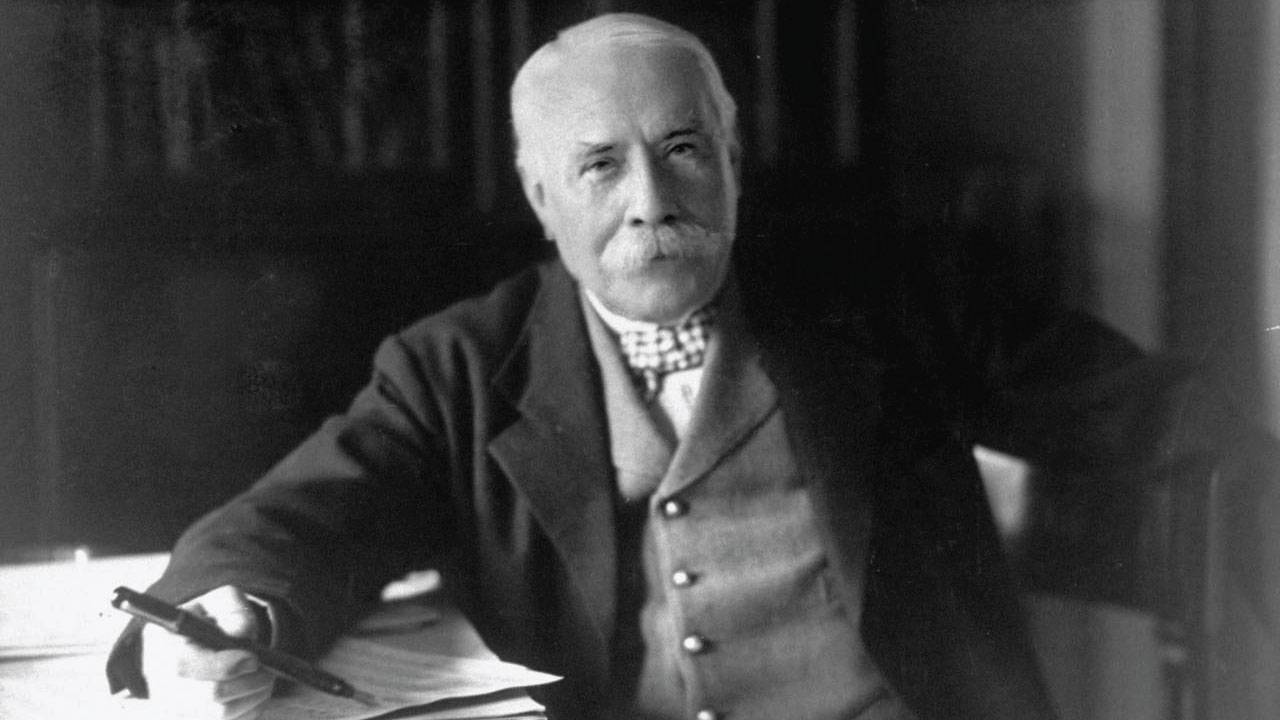|
||
|
Edward Elgar's Cello Concerto was composed in the summer of 1919. It was a difficult time for him. The era of "Land of Hope and Glory" had finished, he was in poor health, deeply saddened by the great war, and no longer fashionable as a composer. He had moved to a house on the Sussex downs where he composed four major works: a string quartet; a violin sonata; a piano quintet and the cello concerto. These were all strikingly different from his earlier work, being much more introspective and reflective and perhaps nostalgic for a past age. The first three of them received great critical acclaim, but curiously the cello concerto, now regarded by some as his greatest work, was initially a failure, and did not enter the concert repertoire till the 1960s. The reason for its failure is thought to be the disastrous first performance given on the 27th October 1919 in the Queen's Hall in London. Elgar conducted the London Symphony Orchestra, and Felix Salmond was the soloist, a seemingly excellent combination of musicians. However, Elgar was given inadequate rehearsal time by the conductor of the other works in the programme - Albert Coates. Elgar's wife Alice indignantly referred to Coates as "that brutal selfish ill-mannered bounder". A more objective account was given by the music critic Ernest Newman, who wrote: "There have been rumours about during the week of inadequate rehearsal. Whatever the explanation, the sad fact remains that never, in all probability, has so great an orchestra made so lamentable an exhibition of itself. ... The work itself is lovely stuff, very simple – that pregnant simplicity that has come upon Elgar's music in the last couple of years – but with a profound wisdom and beauty underlying its simplicity." The concerto is in four movements. The first is in ternary form opening with a plangent declamation from the cello. The first theme, played initially by the violas, establishes the elegiac pastoral mood of the movement. A second theme, introduced as a dialogue between the strings and winds, heightens the emotional mood through abrupt key shifts and harmonic ambiguity. The first theme returns in a subdued manner and is joined seamlessly into the fast second movement. Here the mood lightens. The cello part is virtuosic and warm throughout, with a semiquaver theme which some writers have associated with the flight of birds over the Malvern hills. As a complete contrast the third movement is very slow, deeply introspective, expressive and profound. It evokes a deep sense of loss and longing. The final movement is one of great contrasts. The opening theme is assertive and dramatic, but the soloist seems to be striving to draw the music into sad nostalgia. As the movement progresses so the mood becomes quieter, sadder, more resigned, descending more and more into despair until finally the opening cello declamation returns and a brief moment of optimism brings the work to a close. Elgar's Cello Concerto was performed by the Portobello Orchestra on the 9th July 2016. The soloist was Tim Posner and the performance was conducted by William Church. back |

